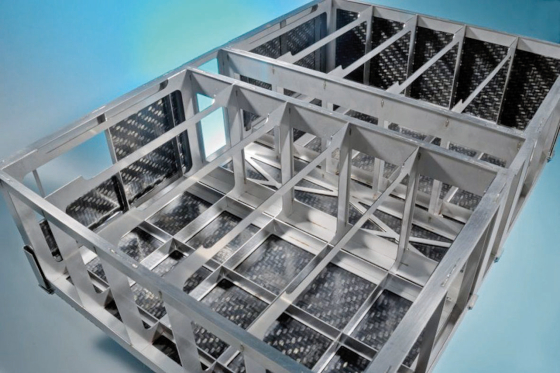Additive manufacturing is a key technology for the production of lightweight components and structures. With laser powder bed fusion (LPBF), for example, complex functional components can be produced efficiently and economically, and lightweight construction potential can be realized through optimizing a component’s topology. Among the additive processes, laser material deposition (LMD) stands out as it can be easily used for free-form surfaces. For this reason, LMD can be applied flexibly to repair and coat components as well as to selectively individualize and functionalize prefabricated basic construction parts.
The processing of aluminum alloys with laser-based processes is particularly challenging since the material has a low degree of absorption and high thermal conductivity. By adapting LMD process control specifically to a material, therefore, Fraunhofer ILT is playing a decisive role in opening up lightweight construction applications with aluminum materials.
The institute’s extensive experience in the laser processing of fiber composite components and laser-based joining processes for lightweight components made of various materials also make it a successful partner in the aerospace sector.
 Fraunhofer Institute for Laser Technology ILT
Fraunhofer Institute for Laser Technology ILT